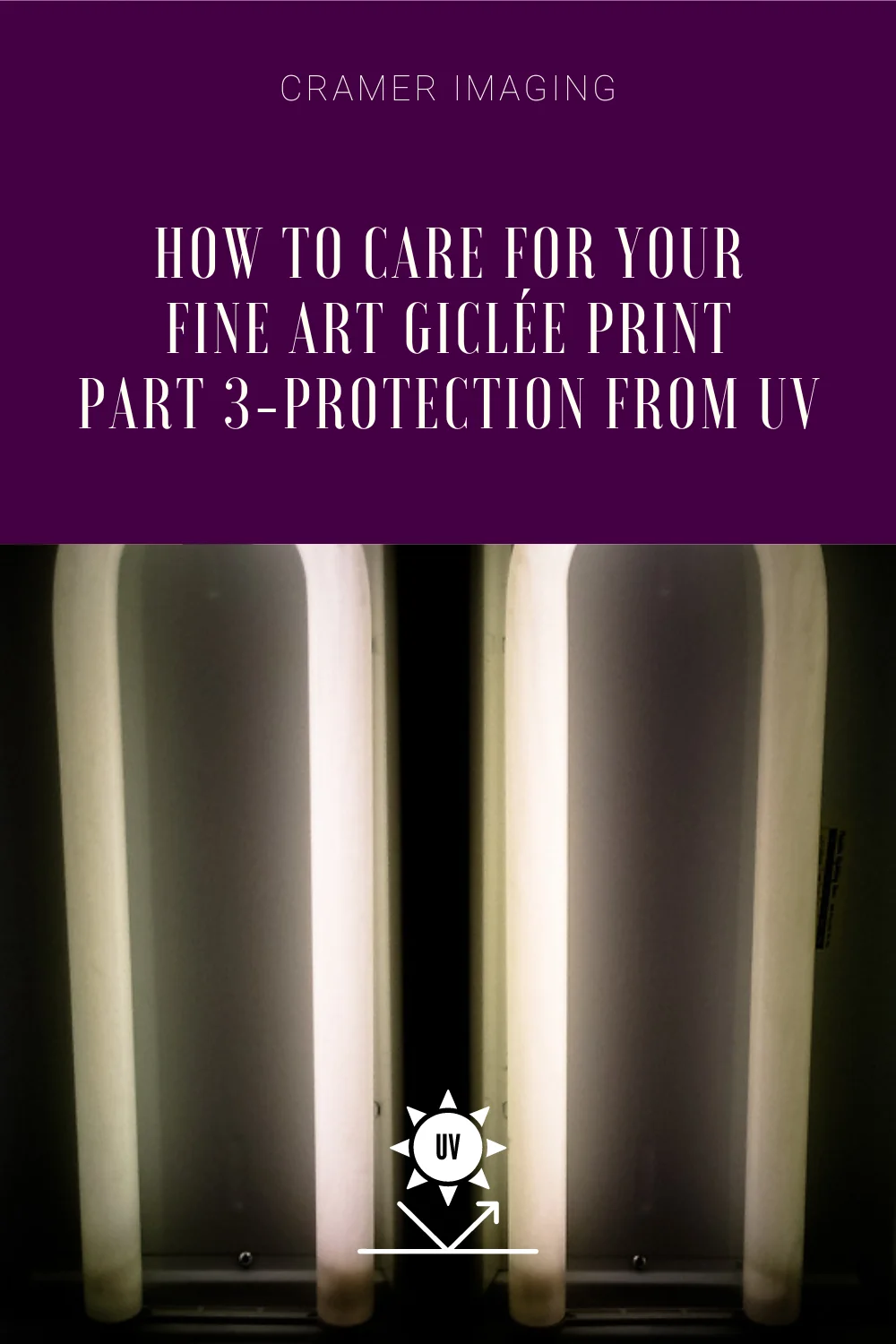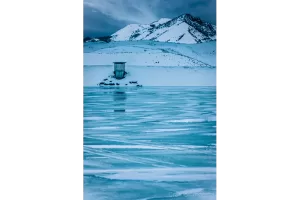How to Care for Your Fine Art Giclée Print Part 3-Protection From UV
Shop

- How to Care for Your Fine Art Giclée Print Part 1-Protection From Acid
- How to Care for Your Fine Art Giclée Print Part 2-Protection From Sunlight
- How to Care for Your Fine Art Giclée Print Part 3-Protection From UV
- How to Care for Your Fine Art Giclée Print Part 4: Protection From Falls
- How to Care for Your Fine Art Giclée Print Part 5: Protection From Grime
This week, we’re continuing our discussion on how to protect your fine art from several dangers out there. The past couple of weeks, we’ve talked about how to protect your fine art from acid and how to protect it from direct sunlight. Both are serious dangers which will fade and discolor your wall art. However, there are more dangers to discuss. This week, we’re talking about protection of your fine art from UV rays.
Wait! Didn’t we already talk about this last week with direct sunlight? Well, yes we did. However, we didn’t talk about all the sources of UV rays which might mar your fine art. There are other sources of ultra violet radiation and that’s what we’re talking about today. So we must discuss protection of your fine art from UV rays.
Protection From UV

Avoiding direct sunlight is the best policy for protecting your giclée photos from UV fading but it’s not the only option. Sometimes the best wall space for a particular piece of art is in direct sunlight or gets direct sunlight for part of the day. What do you do then?
There’s also some amount of UV light which is emitted from regular light bulbs. What do you do about that? When facing these kinds of situations, you need to add UV protection to the glass in front of the photograph to protect it.
Ok, most glass commercially available (traditional or plexi), even in the fine art market, isn’t going to protect against ultra violet rays with some extra help and coatings which cost extra. Double check on the label or packaging which a standard frame comes in or make sure to ask at a framing shop if your glass is UV coated. It’s worth looking into if you’re investing in a high end piece of fine art for your wall no matter what kind of art it is.
Also make sure that you avoid choosing a light source for your fine art which emits a lot of UV rays. Fluorescent lights are known for this particular problem in addition to giving an undesirable green color sheen to anything it hits. Get some tips on choosing a light source for your art here.
Conclusion
There are options out there to protect your fine art from the damaging and fading effects of ultra violet radiation. You just need to do a little bit of homework to ensure that you buy the right shielding. You can also carefully choose what lighting you use around your beautiful fine art.
Stay tuned for next week’s article where we’ll be talking about how to protect your fine art from the dangers of falls.
Best Sellers
Cramer Imaging Newsletter

Receive monthly updates in your inbox from us.





